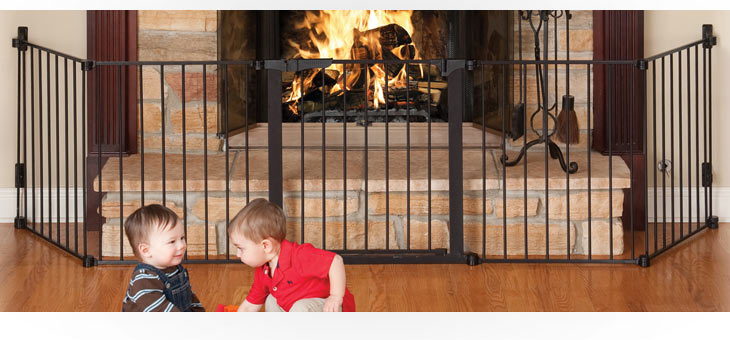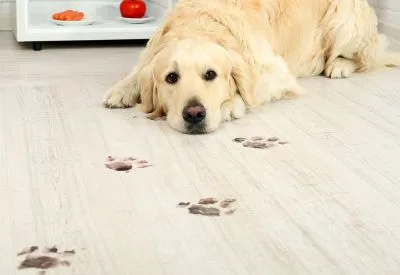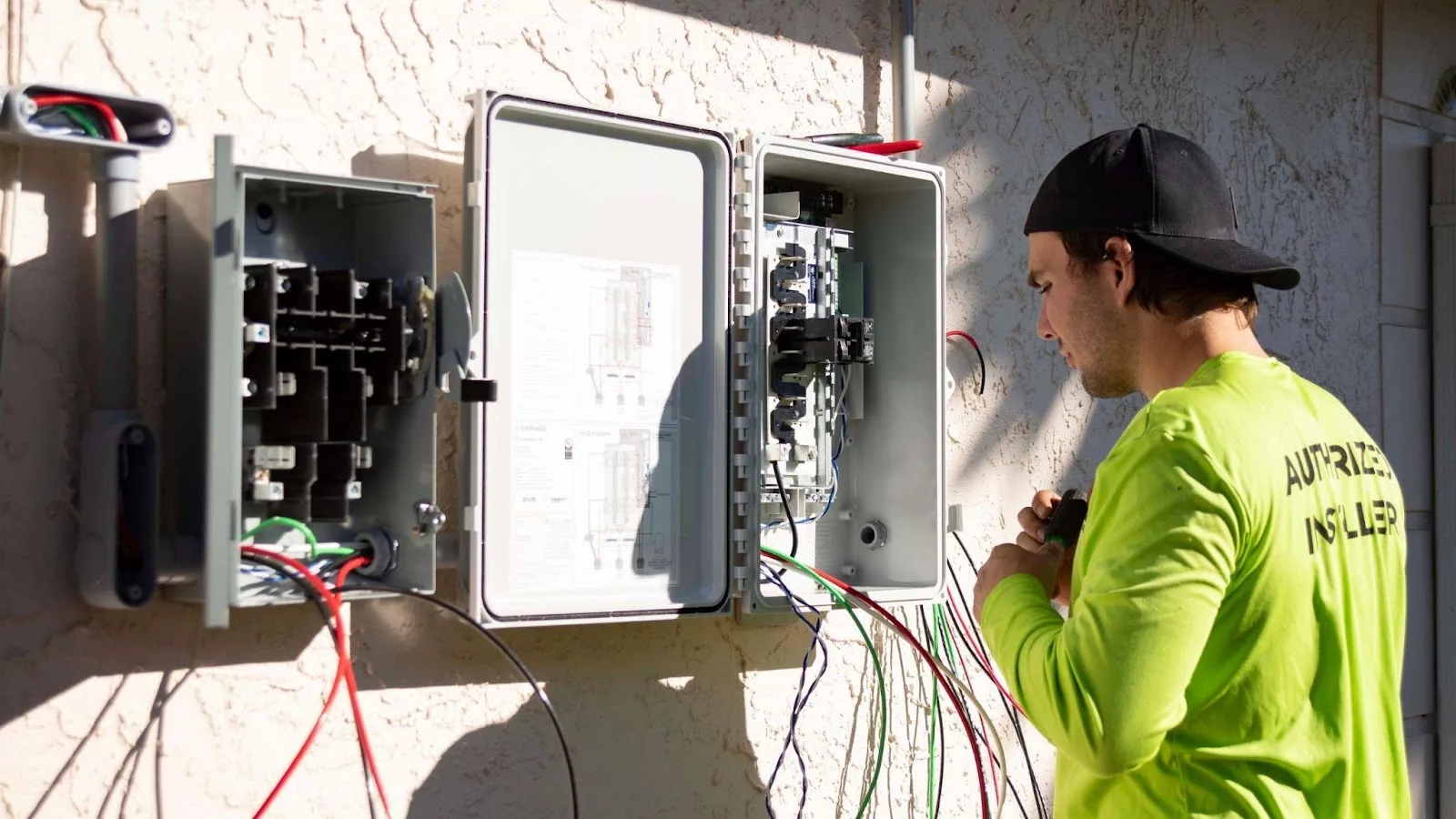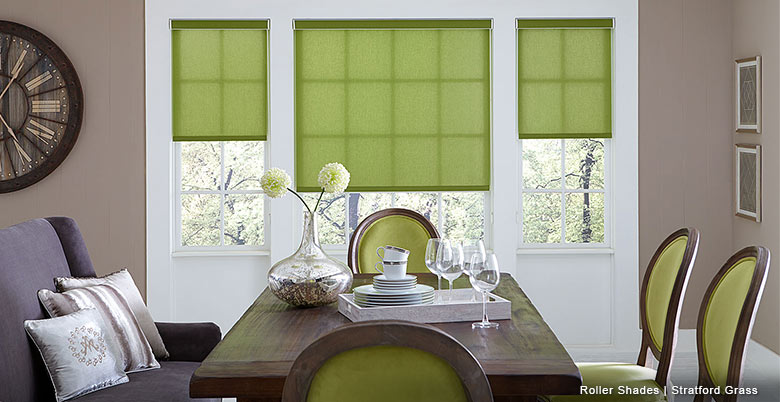
Protecting Small Children from Hearth and Fire
Even without a burning fire, the hearth area can be a year-round danger to young children. Protect babies and toddlers from a raised hearth’s sharp corners and rough surfaces with padded hearth guards. Made of fire-retardant foam, these bumpers easily attach to the hearth removable adhesives and can prevent nasty bumps and cuts. But padded guards do not limit access to the fireplace itself. Make sure your fireplace has a sturdy screen, mounted if possible, and keep the screen closed and the fireplace clean of ashes and burned debris so curious hands and mouths stay soot-free!
If your fireplace or woodstove receives heavy use during the winter months, mounted fireplace safety gates like the KidCo Hearth Gate shown above, are good choices to help protect little ones from both the fire’s obvious dangers and the hearth’s hard surfaces. Fireplace gates fully surround the hearth area and most styles have handy adult-operated walkthrough gate. Remember, too, that fireplace tools, wood boxes and natural gas valve keys present dangers. Remove these to less-accessible spots if the hearth area is not enclosed within a fireplace safety gate.
Chim-Chim’ney! Maintaining a Safe Fireplace and Chimney
To ensure safe operation, fireplace and chimney systems should be inspected and cleaned each year – even in warmer climes where fireplace use is less frequent. Flammable creosote can build up on the chimney wall, and obstructions such as bird or animal nests can inhibit proper venting and possibly cause a chimney fire. Cracks or deterioration can also be a fire hazard and may even allow dangerous carbon monoxide to escape into the home. Professional chimney sweeps offer cleaning, inspection and maintenance services and the Chimney Safety Institute of America (CSIA) provides a list of certified “Sweeps” online at www.csia.org.
Enjoy Crackling Warmth – Safely!
Build a safe, inviting fire for your family with only seasoned hardwood or artificial firelogs, and never use charcoal lighter fluid or any other fluid such as gasoline to light – or relight – a fire. The vapors from even a slight amount of these fluids can cause a deadly explosion. If using newspaper as a fire starter, burn only the black ink sections as colored inks may release toxic fumes when burned. For this reason, too, never burn wrapping paper or other rubbish in a fireplace.
Be sure to build the appropriate size fire for your fireplace. A large fire may overheat the surrounding wall or roof materials and cause them to deteriorate or even ignite. Place logs toward the rear of the fireplace as this usually ensures a better draw of smoke up the chimney, and keep the damper open until the ashes are cool to minimize any buildup of deadly carbon monoxide.
Last, but certainly not least, be sure that your fire alarms and carbon monoxide detectors have new batteries and are operating properly. If you have not invested in a household fire extinguisher, now is the perfect time to do so – and to learn how to use it. Make it a pre-holiday gift to yourself and enjoy family fireside gatherings with added peace-of-mind.






